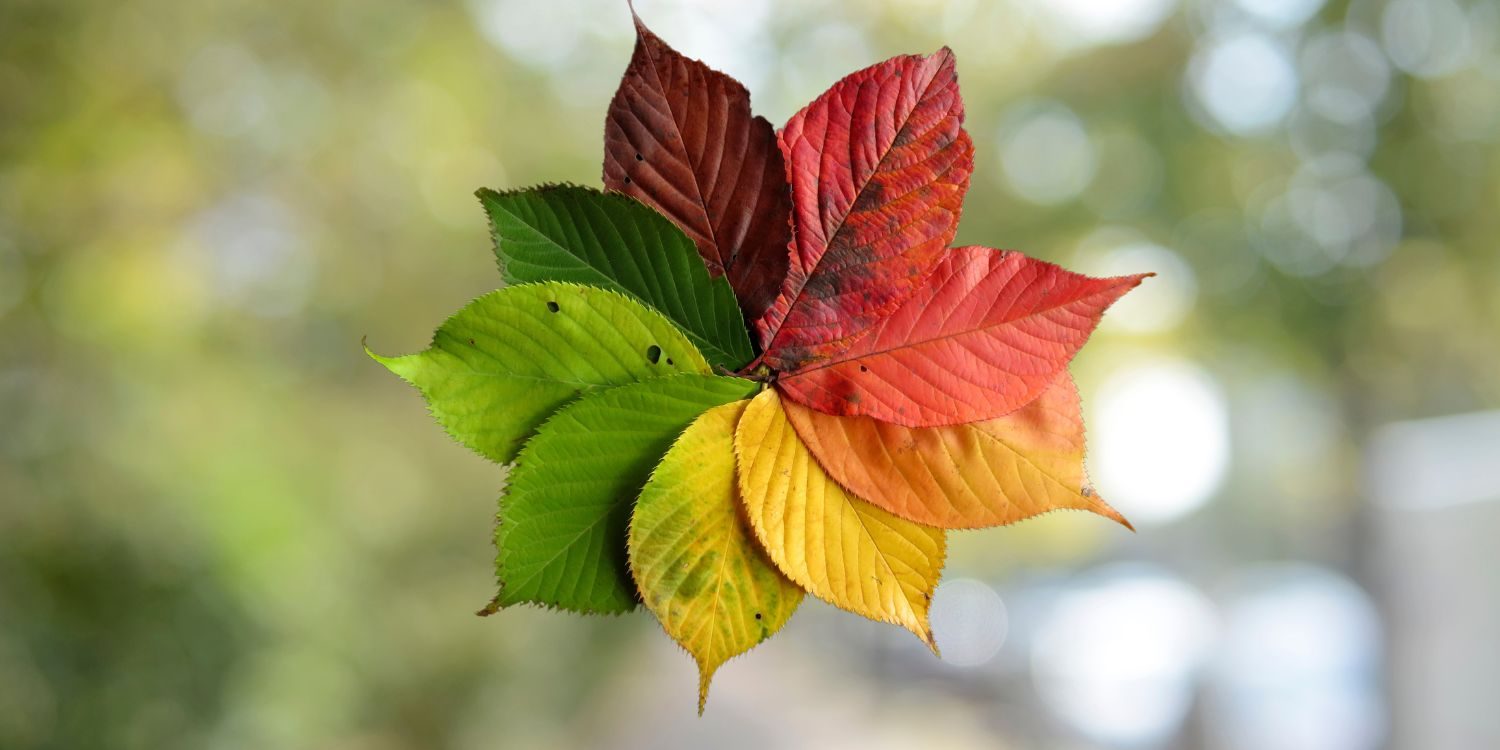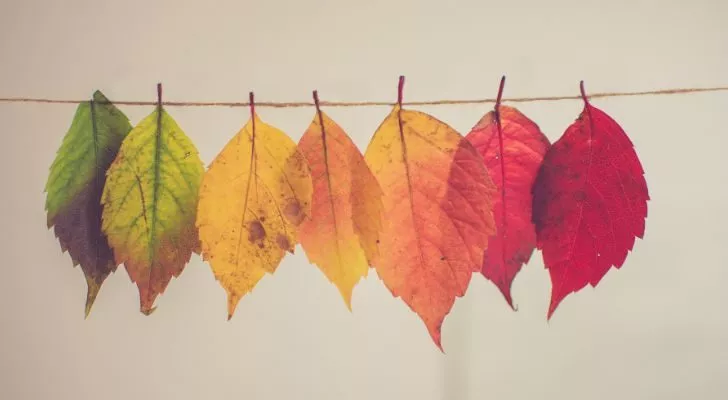The Process Behind Autumn Leaf Color Change

As autumn approaches, a stunning transformation occurs in deciduous trees, marking a significant and beautiful seasonal change. The vibrant shift from green to various shades of yellow, orange, red, and brown is caused by a combination of physiological processes triggered by environmental changes. Understanding this phenomenon involves exploring plant biology and the roles of different pigments.
The Role of Pigments

The primary pigment responsible for the green color of leaves is chlorophyll, essential for photosynthesis—the process where plants convert sunlight into energy. During the warmer months, chlorophyll levels are high, allowing trees to absorb energy efficiently and produce food. However, as autumn sets in, the days become shorter, temperatures drop, and sunlight becomes less abundant. Consequently, trees begin to break down chlorophyll to conserve resources and prepare for winter, leading to a reduced green appearance in the leaves[1][3][7][10].
As chlorophyll degrades, other pigments present in the leaves become more visible. These include carotenoids, which produce yellow and orange hues, and anthocyanins, which give red and purple colors. Carotenoids are typically stable and persist longer in the leaves compared to chlorophyll, which is why they become prominent as autumn progresses[1][4][9]. Anthocyanins, on the other hand, are often produced in response to cold temperatures and light conditions; their synthesis can be enhanced during sunny days, especially if the nights are cool[2][9][11].
Environmental Factors Influencing Color Change

Several environmental conditions influence the intensity and timing of the color change in autumn. Weather factors like sunny days and cool nights are crucial for vibrant coloration. Sunny days stimulate photosynthesis, allowing trees to produce more pigments such as anthocyanins, while cool nights can help lock in sugars that contribute to red hues[2][8][10]. In contrast, overcast and rainy conditions may lead to a duller color display as the leaves might fall before developing their full color[4][9].
Additionally, drought conditions during the summer can stress trees, resulting in early leaf drop or muted colors. Trees that receive adequate summer hydration tend to display healthier leaves with more vivid colors during autumn due to improved overall fitness[2][3][8]. The diversity of tree species in a particular region also affects the variety of colors seen; areas rich in different species will typically showcase a broader spectrum of fall colors compared to those dominated by a single type[2][5].
The Shedding Process
Alongside the color change, deciduous trees prepare for winter by shedding their leaves through a process called abscission. This occurs when cells at the base of the leaf's stem form a specialized layer that gradually severs the connection between the leaf and the tree[5][8]. The tree reabsorbs nutrients from the leaves before they fall, which helps conserve energy and protects the plant from cold winter conditions[1][4][8]. When this connection is broken, leaves may fall due to their own weight or be carried away by the wind.
The cycle of leaf drop not only aids trees in conserving water and energy during winter but also enriches the soil. Fallen leaves eventually decompose, adding organic matter back into the ecosystem, which supports new growth in the spring[4][8].
Symbolism and Cultural Significance

The changing colors of leaves in autumn hold deep cultural significance in many regions, often symbolizing transition, maturity, and the cycles of life. Literary references, such as those found in Shakespeare's poetry, portray the fall leaves as a sign of decline and the inevitability of change, while other works celebrate autumn as a time of abundance and beauty, highlighting the diverse interpretations of this seasonal transformation[1][4][5].
Conclusion
Understanding why leaves change color in autumn involves a blend of botanical knowledge, environmental science, and cultural appreciation. The interplay of pigments, climate, and tree biology creates a spectacular visual display that captivates observers each year. Ultimately, this seasonal display is not only a biological process but also a rich tapestry woven with significance and beauty, illustrating the intricate connections between nature and the changing seasons.
Get more accurate answers with Super Pandi, upload files, personalized discovery feed, save searches and contribute to the PandiPedia.
Let's look at alternatives:
- Modify the query.
- Start a new thread.
- Remove sources (if manually added).